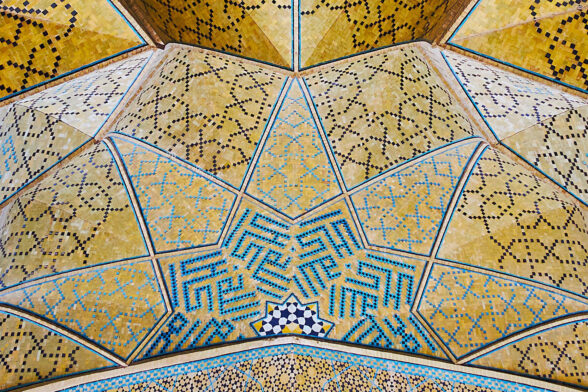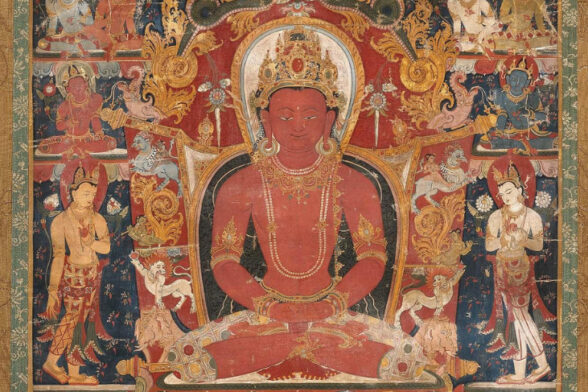
Introduction to Islamic geometry: 6 & 12-fold symmetry
How do we construct by hand the beautiful, varied patterns that adorn all Islamic art? What is the significance of these designs in relation to the spiritual tradition of Islam? Join us for a practical introduction to drawing geometric designs.
In partnership with The Prince’s Foundation School of Traditional Arts.









